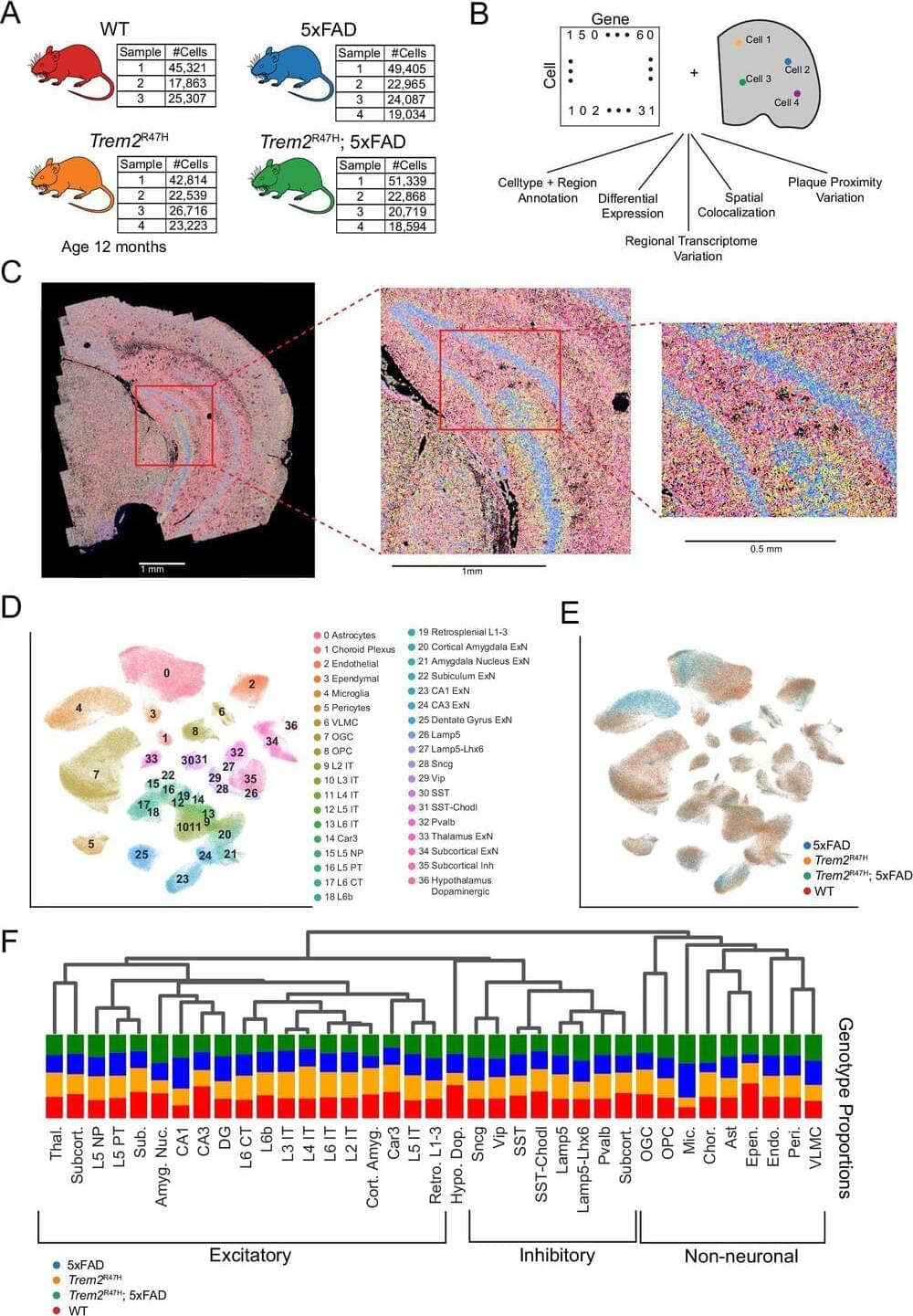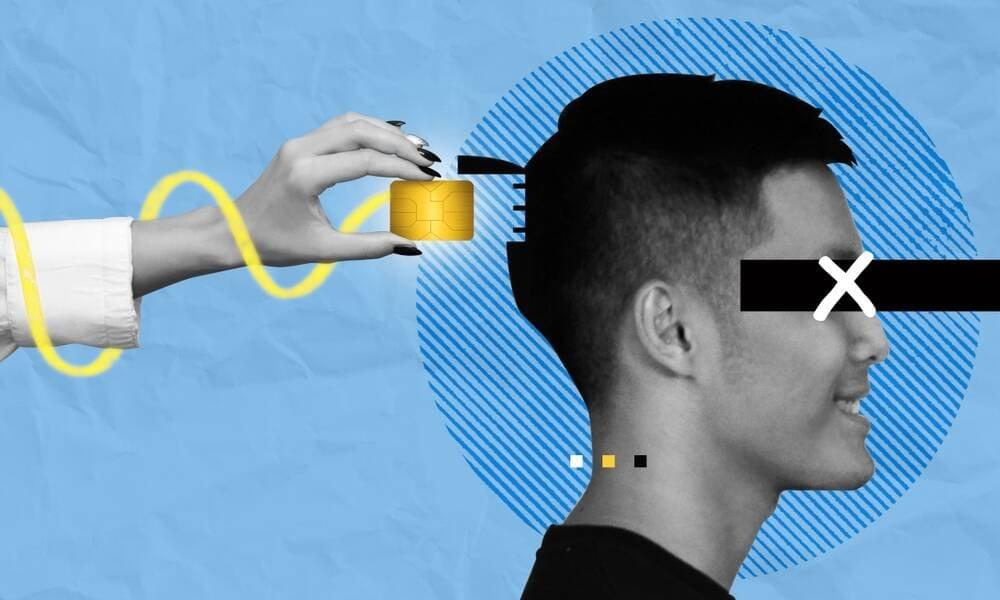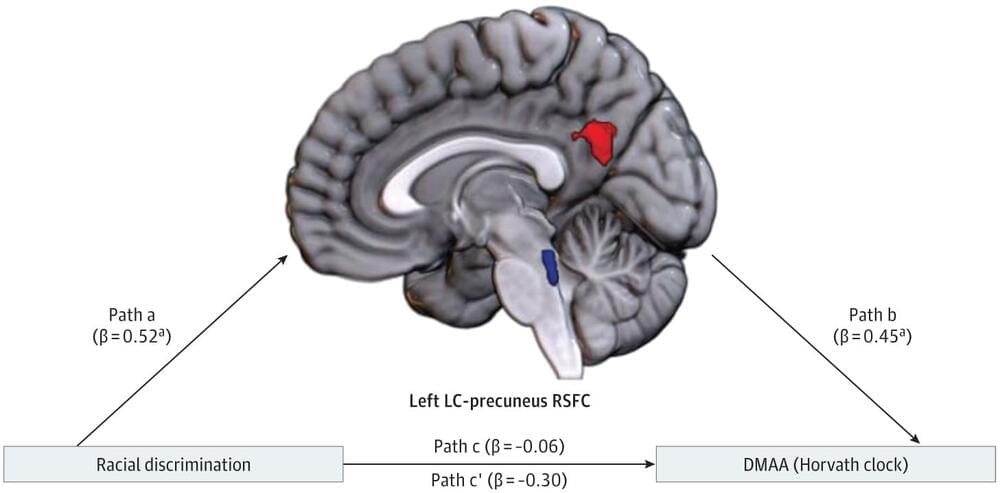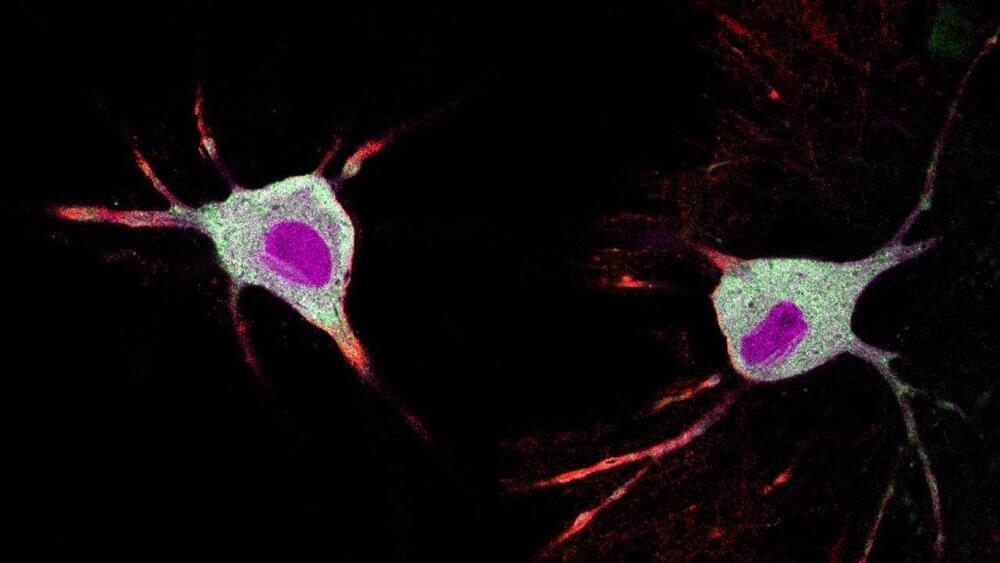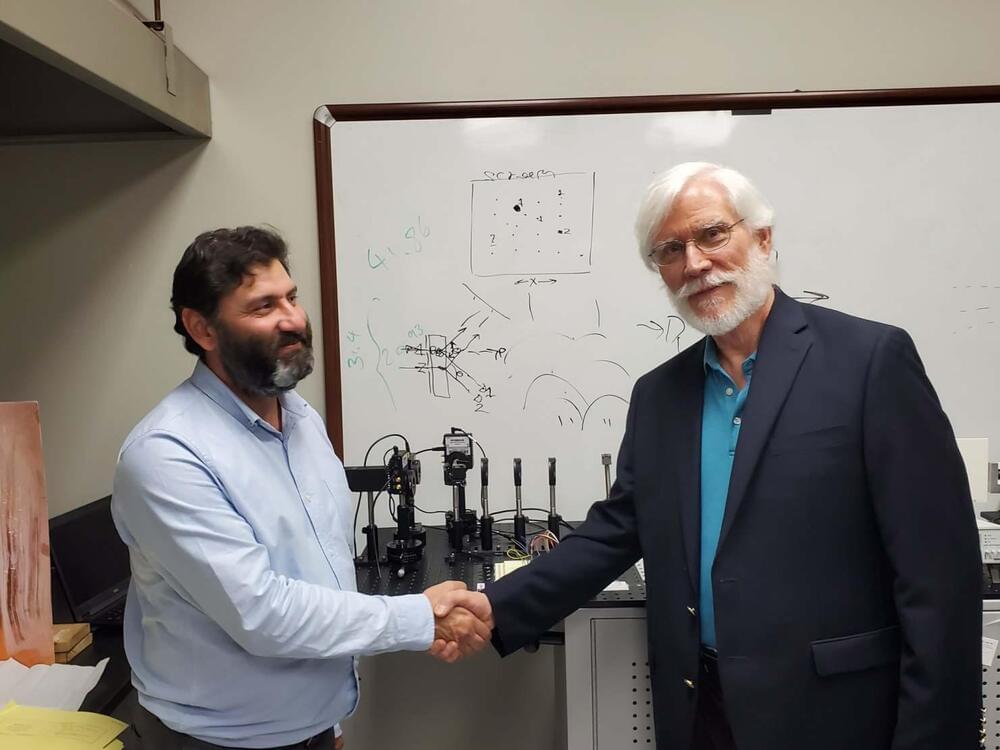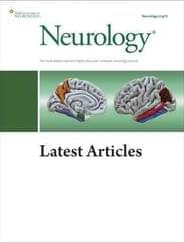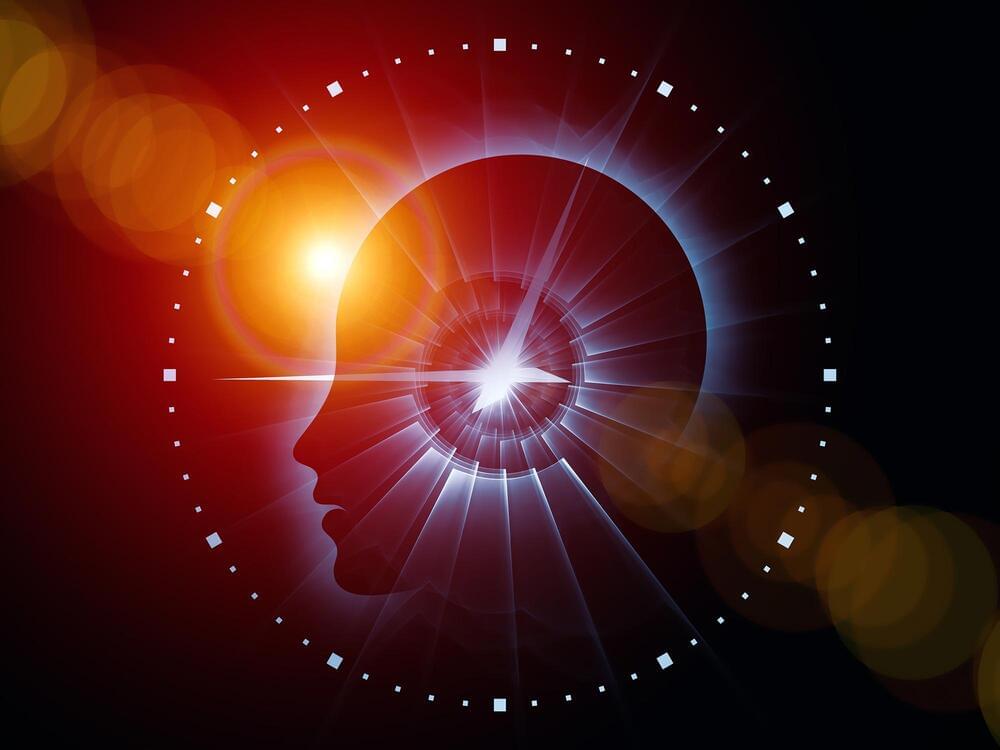Researchers led by the University of California, Irvine have discovered how the TREM2 R47H genetic mutation causes certain brain areas to develop abnormal protein clumps, called beta-amyloid plaques, associated with late-onset Alzheimer’s disease. Leveraging single-cell Merfish spatial transcriptomics technology, the team was able to profile the effects of the mutation across multiple cortical and subcortical brain regions, offering first-of-their-kind insights at the single-cell level.
The study, published in Molecular Psychiatry, compared the brains of normal mice and special mouse models that undergo changes like those in humans with Alzheimer’s.
Findings revealed that the TREM2 mutation led to divergent patterns of beta-amyloid plaque accumulation in various parts of the brain involved in higher-level functions such as memory, reasoning and speech. It also affected certain cell types and their gene expression near the plaques.
